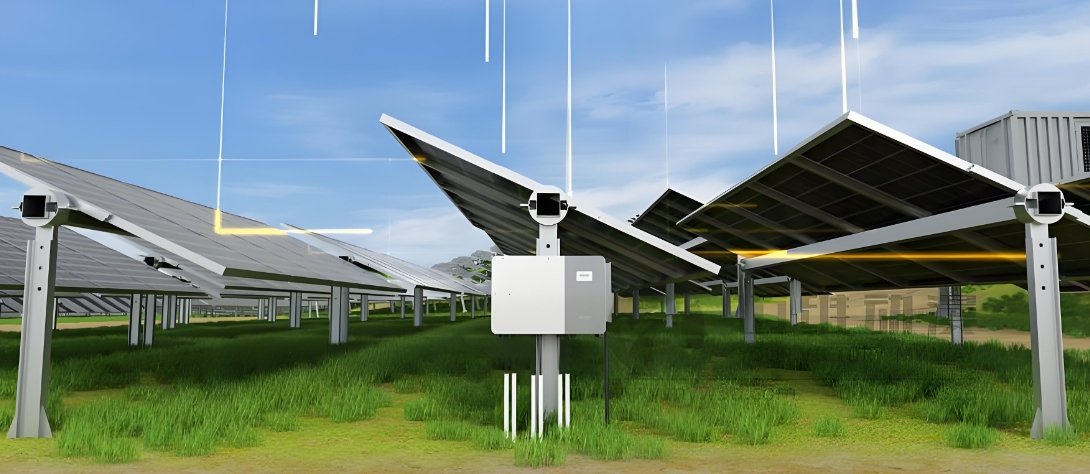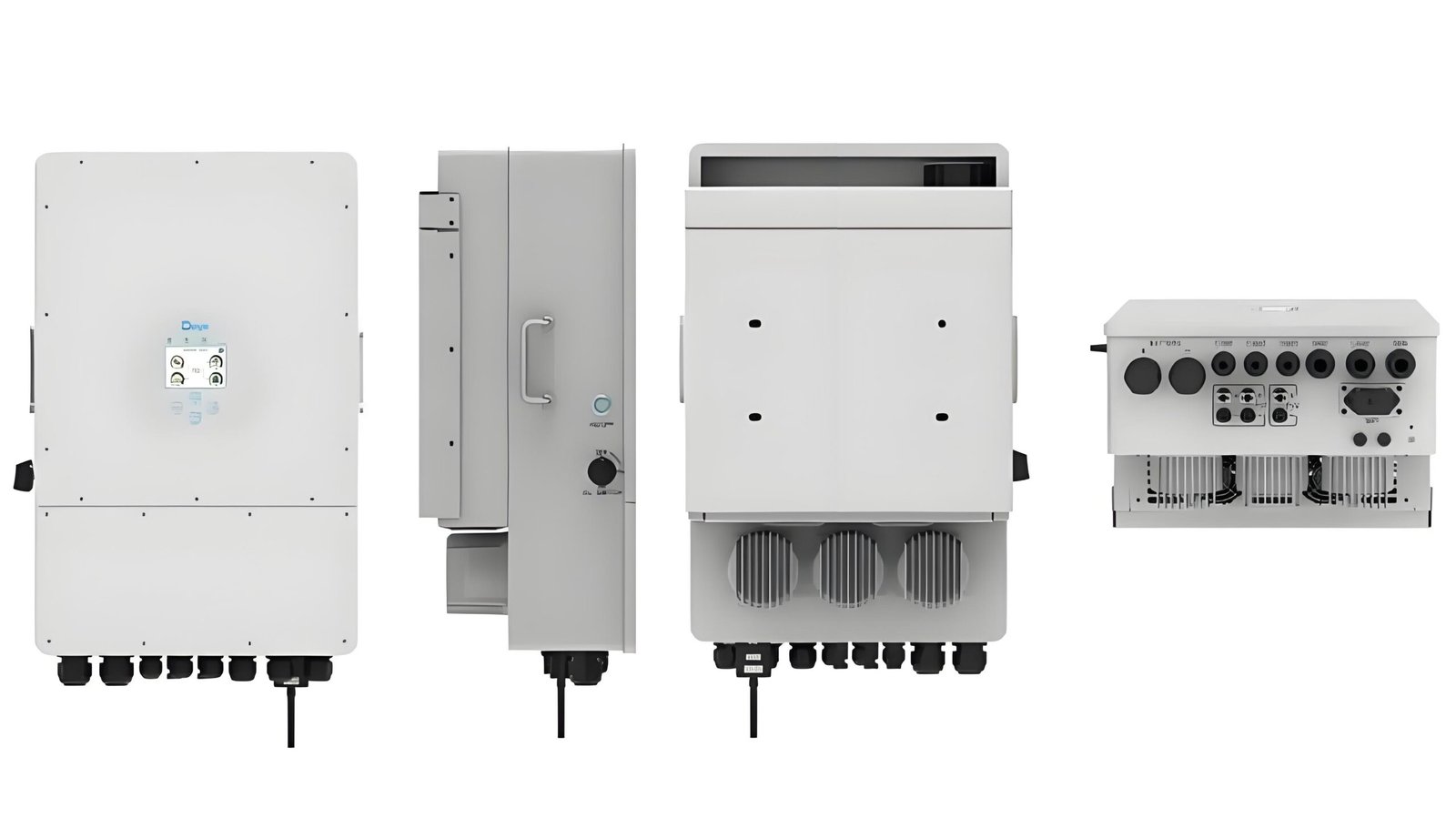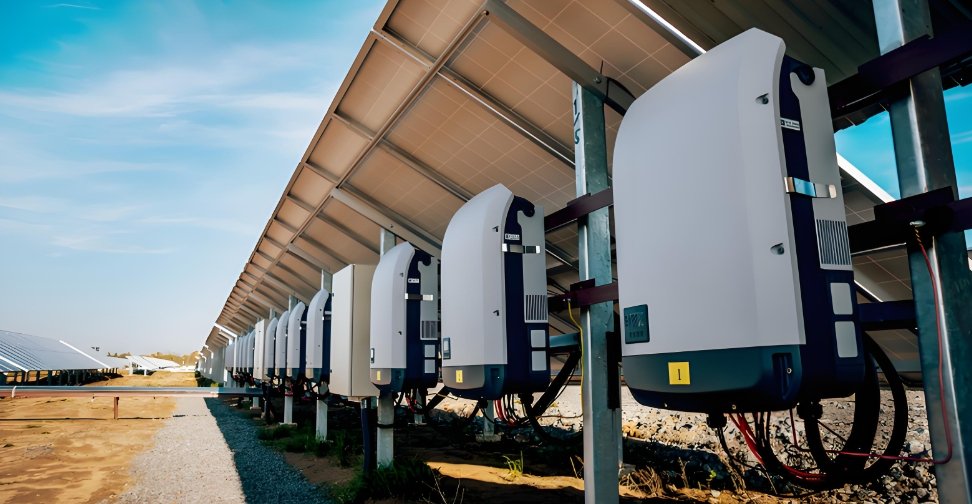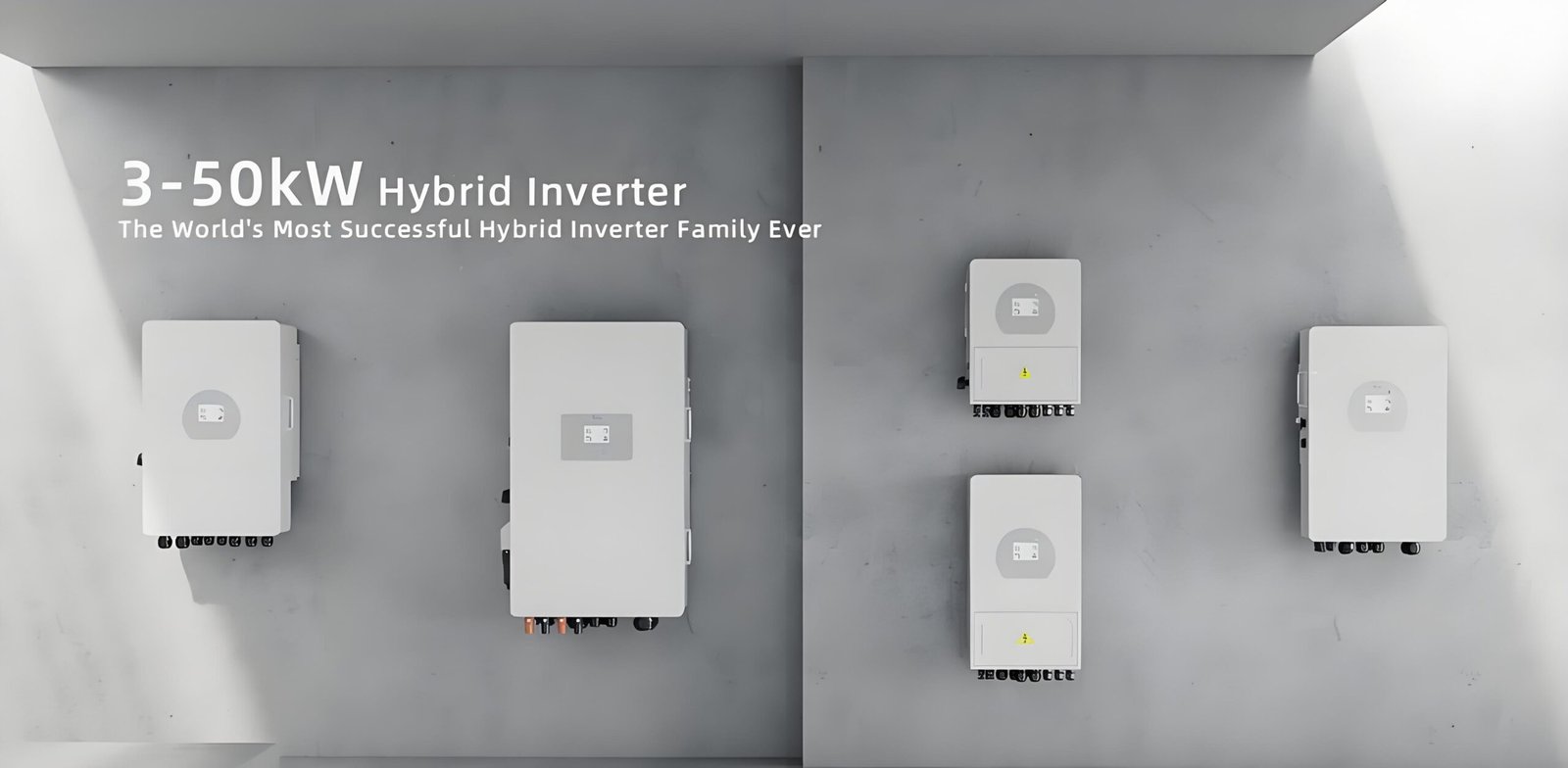An inverter connects to various components of a solar energy system to convert DC power into usable AC power. Understanding what these components are is crucial for setting up an efficient and safe system.
An inverter is a vital component that links multiple systems together, including solar panels, battery storage, and the electrical grid. Understanding these connections helps ensure optimal performance.
To get the most out of your solar power system, your inverter needs to be connected to the following systems:
- Solar Panels: Provide the DC electricity to be converted.
- Battery Storage Systems: Store excess energy for later use.
- Solar Charge Controllers: Manage charging of the batteries.
- Grid Connection: Allows the system to feed energy back to the grid.
- Monitoring Systems: Tracks the performance of the system.
- Home Electrical System: Supplies power to household devices.
Solar Panels
Solar panels are the primary source of DC electricity for your system. These panels convert sunlight into electrical energy, which is then fed into the inverter for conversion into AC power.
Solar panels1 provide the direct current (DC) power needed for inverters to convert into alternating current (AC) for home use.
The inverter is directly connected to the solar panels to receive the DC electricity produced by the panels. Depending on your system size, the number of panels and their output will vary. The panels' efficiency depends on factors like orientation, shading, and sunlight availability, so it’s essential to match the inverter with the expected output from your solar array. Choosing an inverter that can handle the maximum voltage and current generated by your panels ensures that the energy conversion process runs smoothly. Some inverters come with multiple input channels to connect to different arrays, offering more flexibility in system design.
Key Considerations for Solar Panel Compatibility
| Panel Type | Voltage Range | Ideal Inverter Specs |
|---|---|---|
| Monocrystalline | 30V - 50V | Inverter with MPPT range |
| Polycrystalline | 18V - 36V | Compatible with MPPT or PWM |
| Thin-film | 10V - 25V | Low voltage inverter |
Battery Storage Systems
Battery storage systems store excess energy generated by solar panels for later use, typically during nighttime or cloudy periods. The inverter is crucial for converting DC power from the batteries into AC power for household use.
Battery storage systems2 allow you to store surplus energy, with the inverter providing the necessary conversion for usage.
When connecting an inverter to a battery storage system, it's important to ensure compatibility with the battery voltage. The inverter will manage how the battery charges and discharges based on the solar power generation and the energy needs of the home. Some inverters feature integrated battery management systems (BMS) that help monitor the state of charge and health of the battery. This integration ensures that energy is used efficiently, and the battery life is maximized. In off-grid systems, this becomes particularly important as the battery acts as the main power reserve.
| Battery Type | Voltage Range | Inverter Compatibility |
|---|---|---|
| Lithium-Ion | 12V, 24V, 48V | High-efficiency inverter |
| Lead-Acid | 12V, 24V | Standard or hybrid inverter |
| Flow Batteries | 48V - 100V | Specialized inverter |
Solar Charge Controllers
A solar charge controller regulates the power flowing from the solar panels to the batteries. It prevents overcharging, helping extend battery life and ensuring proper charge levels.
Solar charge controllers3 act as intermediaries, managing power flow between the solar panels and batteries.
While the inverter handles the conversion of DC to AC power, the charge controller manages the DC power flowing into the batteries. The charge controller ensures that the battery voltage is maintained within safe limits, preventing overcharging or discharging. Some advanced inverters come with built-in charge controllers, which can streamline your system setup. In cases where they are separate components, both need to be sized appropriately to ensure the inverter works optimally with the charge controller to prevent system damage.
| Controller Type | Charging Type | Best Used With |
|---|---|---|
| MPPT | Maximum Power Point Tracking | Large solar systems |
| PWM | Pulse Width Modulation | Smaller, off-grid systems |
Grid Connection
For grid-tied systems, the inverter needs to be connected to the electrical grid. This allows excess solar power to be fed back into the grid, where it can be credited to the user's energy account.
Grid connection4 enables excess solar power to be sent back to the grid for use by others or for future credits.
In grid-tied systems, the inverter synchronizes with the grid's AC power supply. This requires careful coordination between the inverter's output and the grid voltage. The inverter must be able to "feed" power back into the grid when the system generates more energy than the home needs. It’s important to understand local regulations for grid-tied systems, as different regions may have specific requirements for grid connection, such as grid compliance standards or net metering policies. Some inverters also have built-in grid protection features, ensuring that the system shuts down if there’s an issue with the grid, such as a power outage, to prevent dangerous feedback into the grid.
| Grid Type | Connection Mode | Inverter Features |
|---|---|---|
| Single-Phase | Single-phase AC | Can handle local voltages |
| Three-Phase | Three-phase AC | Higher capacity inverters |
Monitoring Systems
Monitoring systems allow you to track the performance of your inverter and entire solar system. These systems provide data on energy production, efficiency, and the health of your solar setup.
Monitoring systems5 provide valuable insights into system performance, helping you manage energy consumption.
Inverters are often connected to monitoring systems, which help users track energy production in real-time. These systems typically include cloud-based platforms or mobile apps that provide performance data, historical trends, and even maintenance alerts. Monitoring systems are essential for identifying issues early, optimizing energy use, and ensuring that the system is functioning as expected. Some advanced monitoring solutions even provide predictive analytics to forecast potential system failures based on usage patterns.
| Monitoring Type | Features | Ideal for |
|---|---|---|
| Local Monitoring | Display screen, logs | Residential setups |
| Cloud-based | Real-time updates, alerts | Commercial setups |
Home Electrical System
The inverter is also connected to your home’s electrical system, distributing the converted AC power to appliances, lights, and other devices.
Connecting the inverter to the home electrical system allows solar power to supply your household needs.
Once the inverter converts DC power to AC, it sends this power to your home’s electrical system. In residential applications, this means powering lights, appliances, and any other devices connected to your home’s grid. If the inverter is grid-tied, it will feed power into the home's electrical distribution panel, and in the case of off-grid systems, it will feed directly into the house's power system. It’s essential that the inverter be properly sized and connected to match the home’s energy needs. Overloading or under-sizing the inverter could cause inefficiencies, outages, or damage to both the inverter and home systems.
| Electrical Load Type | Inverter Size (W) | Connection Type |
|---|---|---|
| Small Home | 3000W | Direct connection to home |
| Large Home | 5000W | Direct or grid-tied |
Conclusion
Properly connecting your inverter to all key systems ensures a seamless and efficient energy flow, enhancing both performance and safety.
Footnotes:
-
Learn about how solar panels produce DC electricity and the role of inverters in converting it to AC. ↩
-
Learn how battery storage systems store excess solar energy and enhance energy independence. ↩
-
Learn how solar charge controllers regulate power from panels to batteries, ensuring system efficiency. ↩
-
Understand how solar systems connect to the electrical grid and how excess power is managed. ↩
-
Learn about how monitoring systems track energy production and inverter performance. ↩










